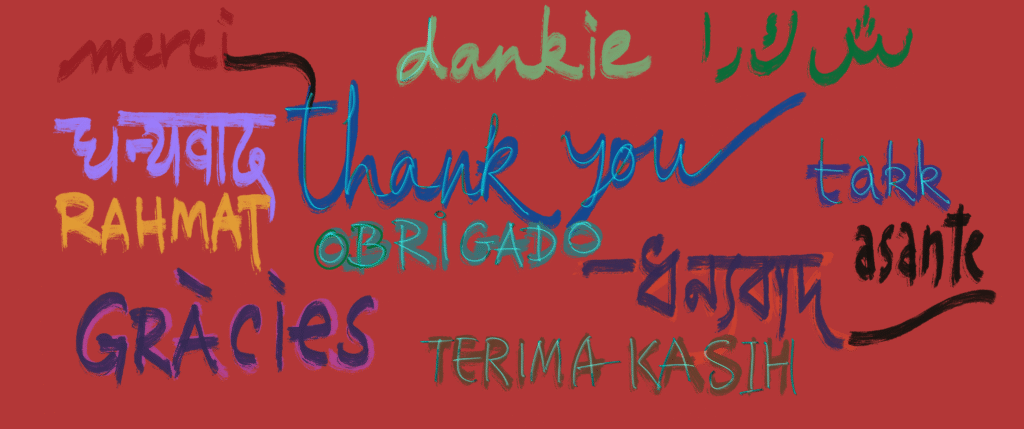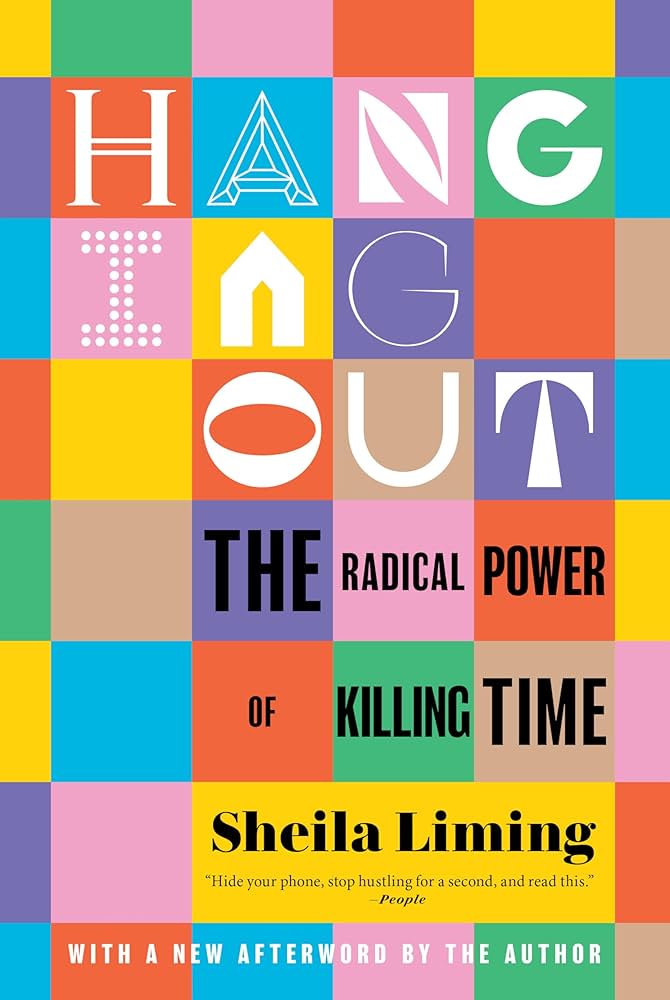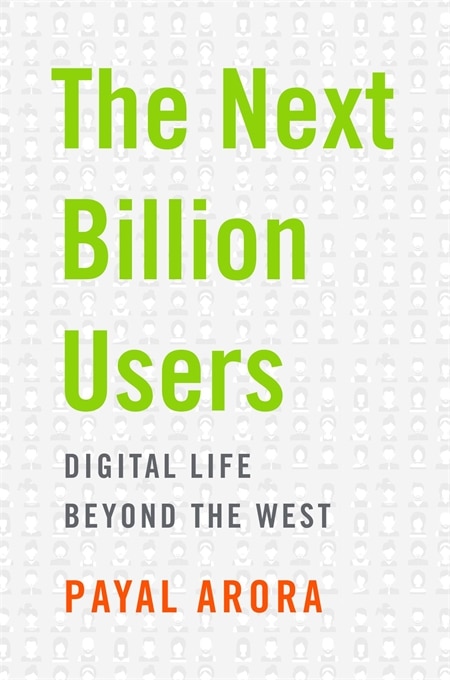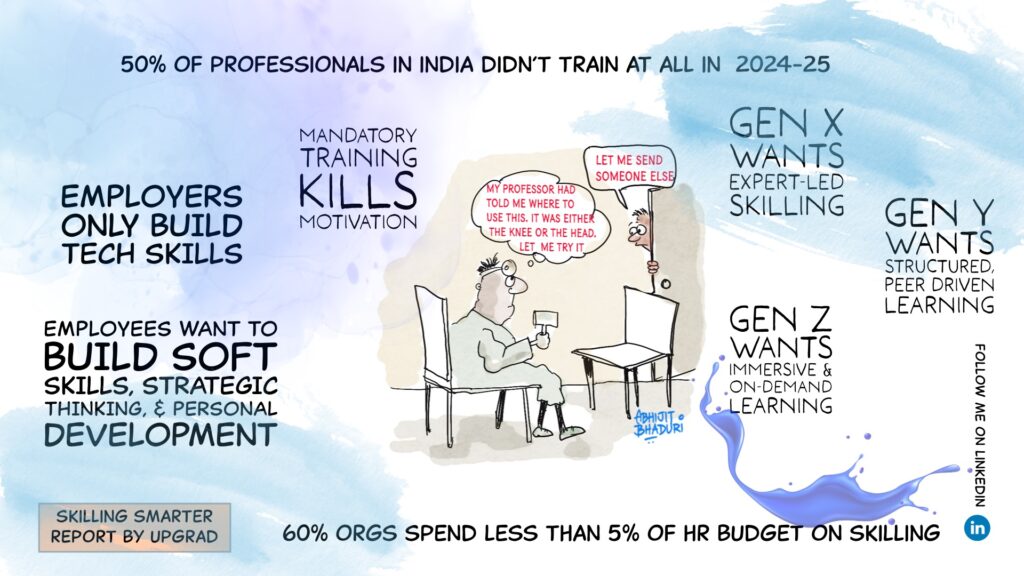
The “Skilling Smarter” report reveals a stark truth: while nearly every organization claims to value learning, only 1 in 4 workplaces has a formal skilling strategy. Half of all professionals received zero training in FY24–25. What we’re seeing isn’t just a learning gap—it’s a strategic failure that could trigger long-term risks few are prepared for.
The Cost of Misaligned Skilling
Today’s workforce spans three generations, each with its own learning style. Yet 63% of HR leaders admit they don’t tailor training by cohort. That’s like using the same playbook for tennis, cricket, and chess—bound to fail in at least two arenas.
The consequences are already visible:
- 75% of skilling participation is driven by mandates, not motivation.
- 51% of employees say the content isn’t relevant.
- 61% of CHROs report no measurable ROI.
But the deeper issue lies in a dangerous disconnect: while employers focus on technical and compliance training, employees are hungry for soft skills, strategic thinking, and personal growth. This mismatch signals more than poor engagement—it hints at future waves of quiet quitting, stagnation, and attrition.
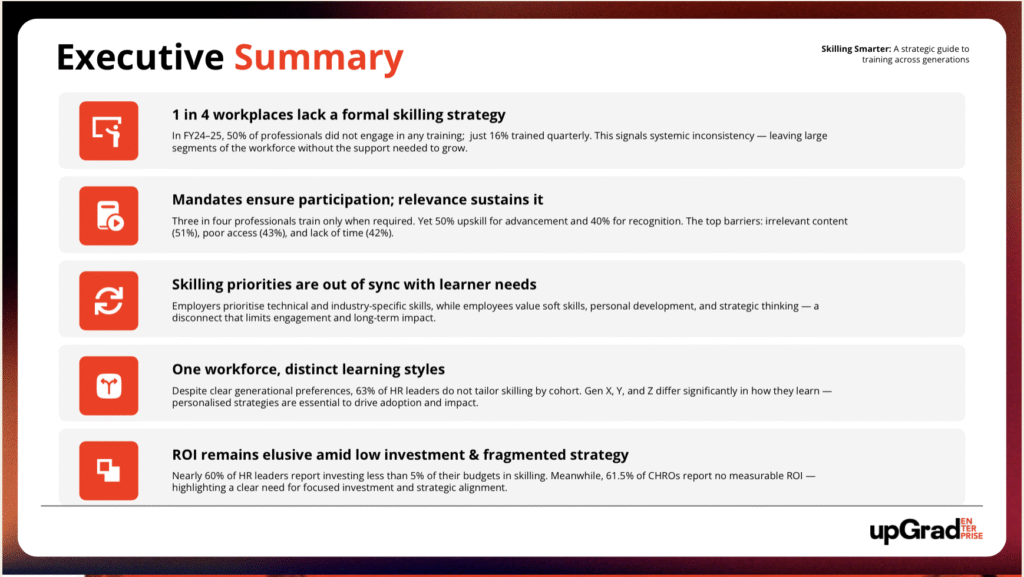
Second-Order Effects: What Happens If We Don’t Act
- Rise of Learning Inequality: Just as income inequality widens societal gaps, “learning inequality” will widen skill gaps inside companies. Those who get training will keep growing; the rest risk becoming obsolete.
- Innovation Bottlenecks: With no training in creativity or strategy, businesses risk raising a generation of technically sound but vision-starved talent—precisely the opposite of what AI-era leadership demands.
- Invisible Attrition: Employees may stay on the payroll but mentally check out. When skilling feels irrelevant, optional, or inaccessible, disengagement becomes the default.
It’s time to move from mass-produced learning to mass-personalized growth.
Three Creative Ideas to Rethink Skilling
1. The “Skills Studio” Model
Borrowing from design thinking, set up cross-functional “Skills Studios” where employees solve real-world business challenges using new skills. Learning is not separate from work—it is the work. Studios can rotate monthly across functions (e.g., Sales Studio, AI Studio, ESG Studio), creating a culture of experimentation and applied learning.
2. Skilling as Currency
Create an internal “SkillCoin” system: employees earn credits for learning, mentoring, or teaching others. Credits can be redeemed for project opportunities, shadowing stints with leaders, or even additional leave days. This gamifies learning and embeds it in the employee value proposition.
3. Gen-Specific Learning Playbooks
Ditch one-size-fits-all LMS platforms. Instead, build modular learning playbooks tailored to Gen X, Y, and Z. Gen X might prefer on-demand case studies and expert talks; Gen Y thrives on structured micro-courses and peer-led sessions; Gen Z wants immersive, mobile-first experiences. Let each generation own their journey in a way that suits them best.
In the age of Gen AI, skilling isn’t just about surviving disruption—it’s about owning it. The most valuable asset in any organization isn’t its technology. It’s the speed at which its people can reinvent themselves. Let’s start skilling smarter—not just more.
#career #inequality #skillsgap #upgrad #2025
